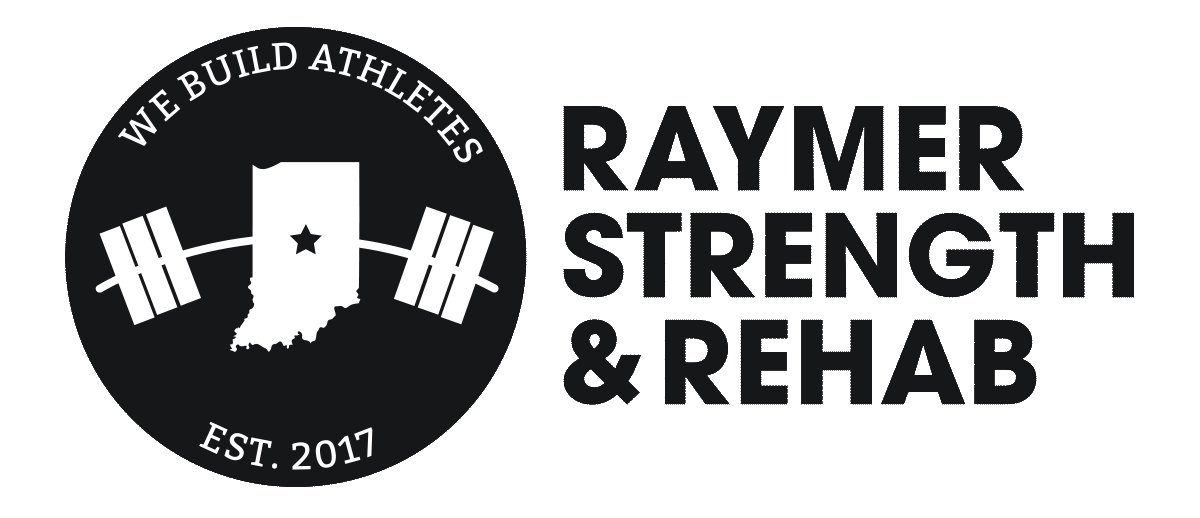The Data Disparity in Women’s Sports
Photo courtesy of Jeffrey F Lin
Women’s sports science has been notably behind men’s sports science in research, data, and funding. Now, thanks to a newly published study, we can put numbers to just how much of a gap exists.
Last month, The American Journal of Sports Medicine published a study that analyzed hundreds of published articles between 2017 and 2021 in 6 top sports medicine journals.
The results (unfortunately) reflect what we’ve experienced anecdotally at Raymer Strength. We have done our own deep dives regarding female-specific injury reduction research for strength and conditioning and sports performance. However, being able to quantify the gender disparity gets us one step closer to parity in sports science.
Less than 9% of studies focused exclusively on female athletes.
Female participation in sports has been increasing every year, and yet, research has not adjusted to match the increased participation. Studies focused exclusively on male athletes/sports was just over 70%, studies that included both genders was just over 20%, and studies focused exclusively on female athletes/sports was just under 9%. 1
Nuances exist according to sport. Male athletes were largely favored in…
Baseball/softball (91% male v. 5% female)
Soccer (65% male v. 15% female)
Rugby (75% male v. 5% female)
Basketball (58% male v. 18% female).
In an article in Nature, study co-author Dr. Meghan Bishop noted that quantifying the disparity in data will help demonstrate is "a need for female-athlete-centred research, especially as we continue to learn how females experience different injuries than males across many sports." 2
We must work together to bridge the gap."
|
|
Tweet this → |
Lily Wilson during her high school career. Photo courtesy of the Greenfield Reporter with modifications made to protect athlete privacy.
Addressing unconscious bias in the sports and medical fields
Why does this disparity exist? Funding is the often the first answer, and while that’s true, there is an underlying, unconscious bias.
Bear with us, here. There are more male doctors/researchers in the medical field. There are more male strength coaches than female strength coaches in the performance training field. There’s a gender disparity throughout the vertical of women’s sport and medicine. Why is this important?
A 2021 study published in The Journal of Women’s Health discovered that research reviewers were more likely to recommend studies for publication that focused on men rather than women. They also confirmed an assumption that female researchers are more likely to study women than male researchers.3 As more women enter these fields, we can expect the amount of female focused studies to increase. In the meantime, we must reflect and work to change our own underlying biases.
Bottom line: Publishers, research centers, doctors… all the way down to sport coaches, strength coaches, and parents, need to advocate for more female-athlete-exclusive studies.
We should not rely on male-exclusive data and apply to it women in every single circumstance. Why? Here’s two examples of gender-related nuance that are at the top of our minds as strength and conditioning coaches. Emerging research may suggest that women suffer different cognitive symptoms and take longer to recover from concussions than men.4 Menstrual cycles can affect variable training loads and that data could inform optimal recovery.5
From doctors and researchers, all the way to youth sport coaches, strength coaches, and parents."
|
|
Tweet this → |
How to advocate with your youth sports organization
Sometimes a question is all it takes to identify and resolve an unconscious bias.
Here’s one tactical example. You could ask, “Do we have Athletic Trainers at all of our women’s events?” Athletic Trainers (ATCs) serve as on field medical practitioners and are key to reporting and triaging injury. Experts have suggested that since ATCs have been less available for women’s sports, injuries might not be properly identified and treated.
What’s next for us?
Raymer Strength will continue to share, educate, and advocate for research focused on women in sports. In addition to the work we’re doing for softball pitchers, we are diving into research to enhance our injury reduction training protocol in youth female soccer players. Look out for our upcoming post on the 4 Components of Knee Health in Women’s Soccer Players in the next month.
So, when folks ask us why we focus so much on research for our female athletes, it’s not because we’re neglecting the training of our male athletes. We’ve implemented plenty of training protocols for them… because the data and education in the strength and conditioning field is readily available.
Rather, we’re focusing so much on female athletes because that’s what advocating means.
Let’s level the playing field for women together.
About Raymer Strength
Raymer Strength is a sports performance training facility located on the border of Indianapolis and Fishers at 96th Street and I-69. Raymer Strength’s qualified and experienced coaches work with athletes from all over Central Indiana, as well as online from across the nation, helping them achieve their goals of becoming better athletes.
Related
References
Paul RW, Sonnier JH, Johnson EE, et al. Inequalities in the Evaluation of Male Versus Female Athletes in Sports Medicine Research: A Systematic Review. The American Journal of Sports Medicine. 2022;0(0). doi:10.1177/03635465221131281
Sanderson, K. (2022, December 14). How sports science is neglecting female athletes. Nature. Retrieved January 18, 2023, from https://www.nature.com/articles/d41586-022-04460-3
Murrar, S., Johnson, P. A., Lee, Y. G., & Carnes, M. (2021). Research Conducted in Women Was Deemed More Impactful but Less Publishable than the Same Research Conducted in Men. Journal of women's health (2002), 30(9), 1259–1267. https://doi.org/10.1089/jwh.2020.8666
Covassin, T., Savage, J.L., Bretzin, A.C., & Fox, M.E. (2018). Sex differences in sport-related concussion long-term outcomes. International Journal of Pyschophysiology, 132, p. 9-13. Retrieved from http://dx.doi.org/10.1016/j.ijpsycho.2017.09.010.
Suter, E. (2021). The Strong Female Athlete: A Female Athlete Guide to Improve Performance, Reduce Injury, and Increase Confidence. Self-published.





